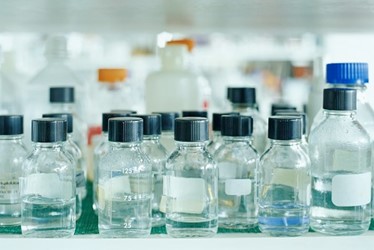Regenerated Cellulose In HPLC Filters

High-performance liquid chromatography (HPLC) is a versatile technique for chemical analysis that employs a range of different solvents depending on the application.
HPLC benefits from filtration during sample preparation to remove particulates. Please see our other article on HPLC sample preparation for more detail around filtering.
Why is a broadly compatible filter useful?
Many different filter materials are available to suit, for example, acids, bases, and organic solvents.
The use of a filter that is broadly compatible with many different solvents, such as those using regenerated cellulose (RC), introduces consistency into lab operations. By using the same filter type across multiple samples, a source of analytical variation is removed. This makes investigating the root cause of spurious results easier and reduces the time spent deciding on what filter to use. This idea of standardization can be extended by use of the same standard membrane in multiple device formats. This ensures that whether you are filtering mobile phase or sample, or whether you are using automated or manual filtration you are still exposing your system to a single membrane type.
Get unlimited access to:
Enter your credentials below to log in. Not yet a member of Cell & Gene? Subscribe today.
